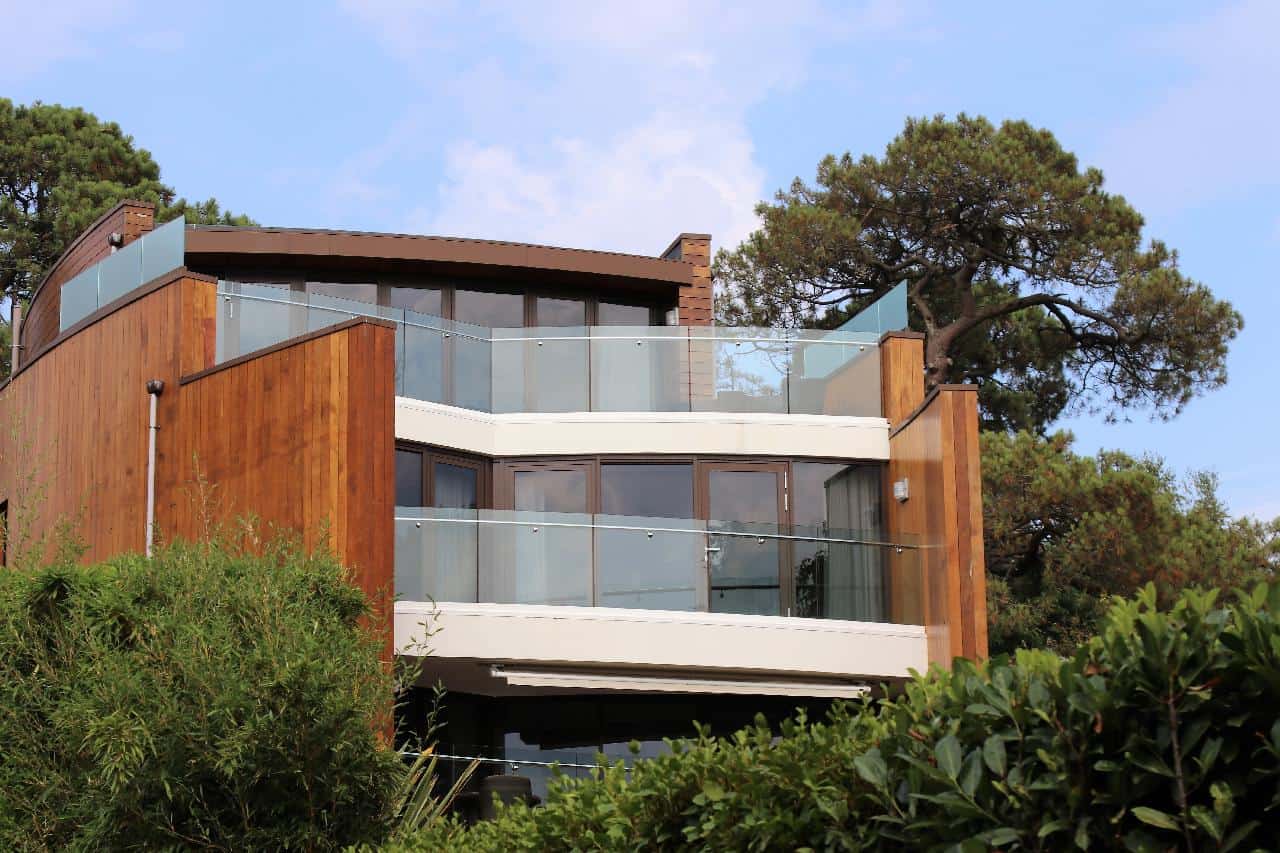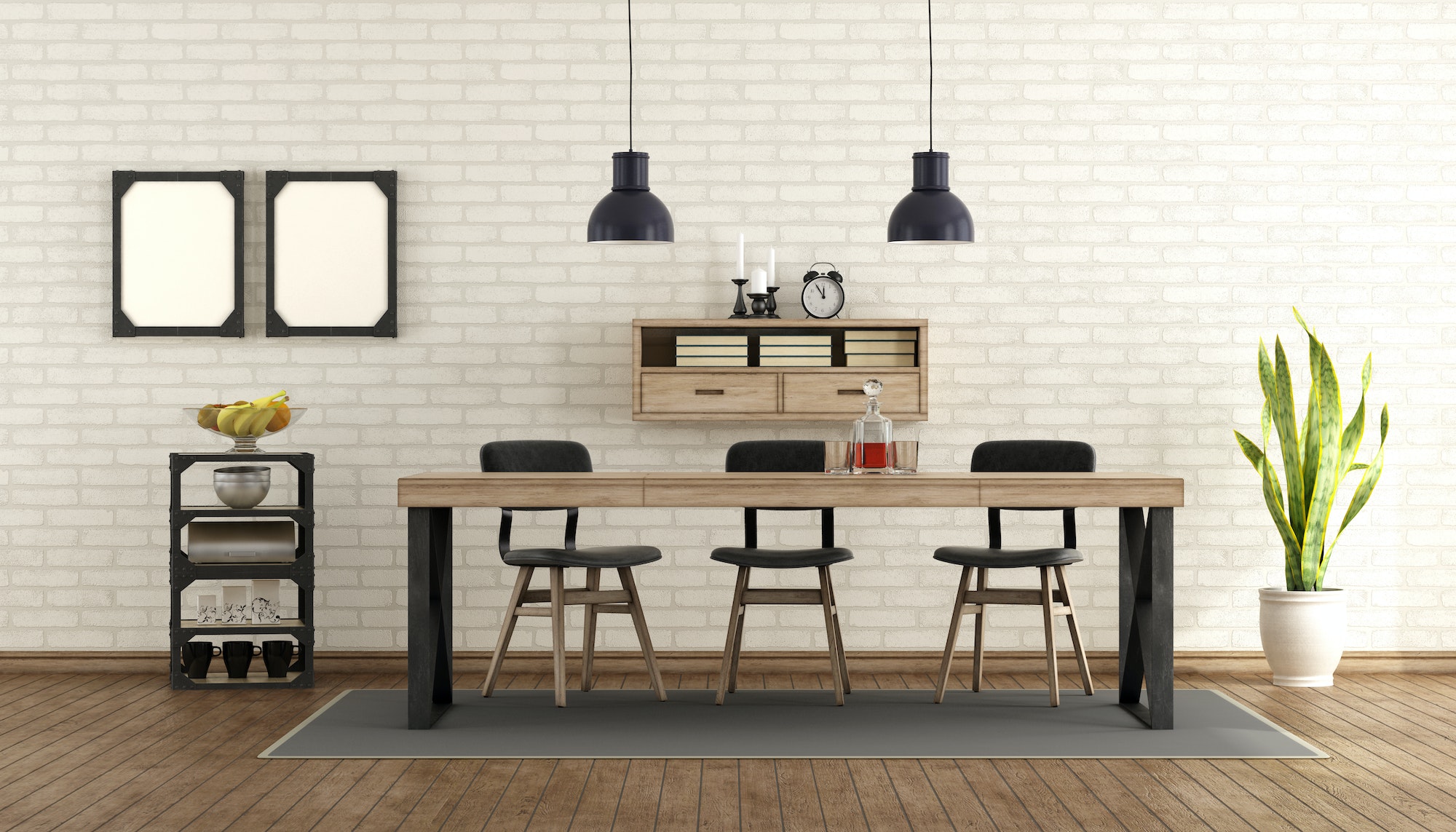As sustainability becomes a growing trend in the construction industry, more and more homeowners look to embrace it. Whether they start from scratch or want a home makeover, going green is the top priority. Before you make the move, it becomes vital to understand what an eco-friendly living space entails.
It refers to a home that blends seamlessly with nature, rather than depleting its resources and causing pollution. Sustainability is a part of the design as well as energy usage for such homes. When it comes to making your place energy-efficient, there are some elements that you need to incorporate in its build. Let us list the ones that the eco-conscious homeowners should prioritize.
Green building materials
Sustainability starts with the building materials used for your home. Organic building materials are the best choice because these are biodegradable and free of toxic chemical residues. Not only do these materials have a smaller carbon footprint, but they also save up on building costs tremendously. The eco-friendly materials include the ones recycled from used wood, metal, glass, and plastic products.
Solar panels
Solar panels are fast becoming a popular choice for homeowners who prioritize sustainable living. These systems are capable of harvesting and storing solar energy for supplying power to the building. The silicon or telluride panels that are mounted outside the building capture the natural heat of the sun and route it into an internal system. Although solar panels may spell an initial investment, they deliver immense cost savings and green energy for a lifetime.
Energy-saving appliances
Home appliances such as washers, dryers, refrigerators, and ovens are the biggest energy guzzlers. Heating systems are also responsible for high loads. It makes sense to switch to everything that is power-efficient. You can simply opt for certified appliances to save on power. Similarly, an electric fireplace insert makes an excellent choice for saving up the energy with heating systems. It lets you leverage the benefit of zone heating so that you heat only the areas occupied rather than the entire house.
Low-pressure water fixtures
Saving water is as critical as cutting down on energy usage when it comes to sustainable living. Installation of low-pressure water fixtures such as toilets, showerheads, and sink faucets can make all the difference. These water-saving fixtures are as good as the old-school fixtures but save up significantly on water flow and run at much lower operating costs.
Energy-efficient orientation
Apart from the fittings and fixtures, the orientation and architectural features of your living space go a long way in determining its dependency on artificial heating (or cooling). Homes that are energy-efficient at the core tap into natural and renewable energy sources as much as possible. For instance, using overhangs for shading can keep the place cool during scorching summers, while south-facing windows can deliver the best benefits of passive solar heating.
The energy-efficiency of your home depends greatly on the right choices in design and appliances. If you are seriously concerned about embracing a sustainable lifestyle, it makes sense to do your research while you pick the options.
Discover more from Futurist Architecture
Subscribe to get the latest posts sent to your email.




